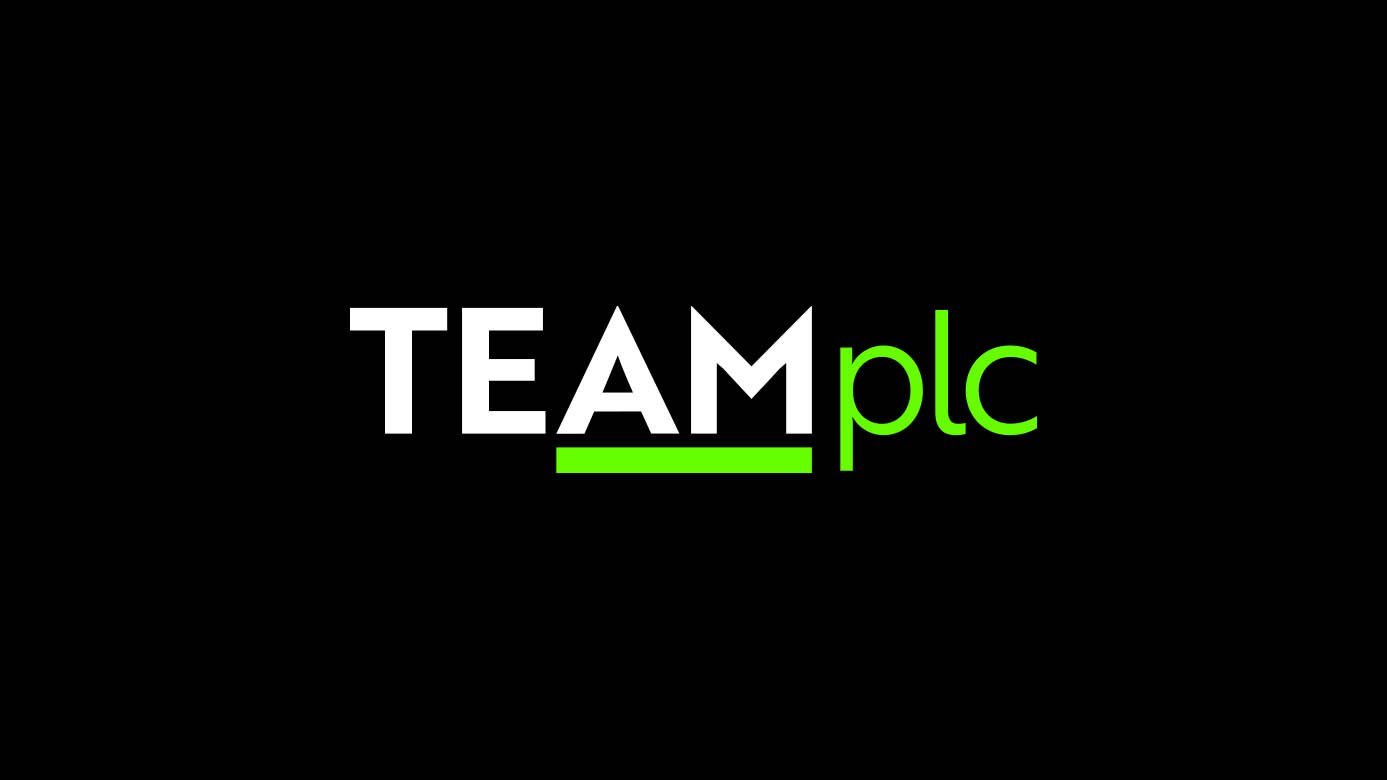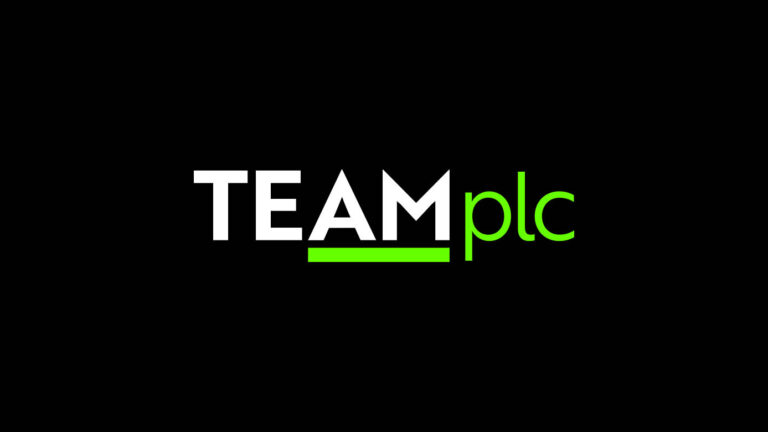The resurgence in US equity markets has taken many by surprise, drawing renewed attention from investors positioned for a different macro backdrop. A delicate ceasefire between Israel and Iran appears to have quietly shifted sentiment, providing the sort of geopolitical relief that global markets had been seeking. Meanwhile, a growing optimism around forthcoming trade agreements with the United States is adding further fuel to the rally. With the blue‑chip S&P 500 and Nasdaq tech index both hitting fresh record highs, up roughly 3 per cent and 3.8 per cent respectively over the last week, seasoned investors are weighing whether this is the start of a more sustained, structural move or merely a short‑lived relief rally.
Despite this rip‑higher in US large‑caps, European and British investors have found the rebound harder to capture. Currency dynamics have sliced into returns: while the S\&P 500 is up 6 per cent year‑to‑date and has bounced back a striking 25 per cent since its low on 8 April (following President Trump’s “Liberation Day” tariffs), the dollar’s slide has undermined gains for overseas investors. The greenback has plunged by 10.7 per cent in the first half of 2025, its worst opening six months since 1973, denting euro‑ and pound‑based returns by roughly 7 per cent and 4 per cent respectively.
The dollar’s slump reflects more than just economic factors; it’s a by‑product of shifting geopolitical narratives. An increasingly assertive White House foreign policy has eroded the dollar’s reputation as a safe‑haven asset, prompting investors to reassess their allocations. With alternative currencies and assets now trading more competitively, the shifting currency landscape has become a key undercurrent of this rally — and a warning flag for those seeking unhedged exposure to US equities.
Zooming into corporate performance, Nvidia is taking centre stage. The semiconductor titan rose about 10 per cent last week, pushing its market capitalisation to a record standing of US $3.8 trillion, eclipsing Microsoft at US $3.7 trillion and Apple at US $3.0 trillion. At its annual shareholder meeting, CEO Jensen Huang portrayed artificial intelligence and robotics as “trillions‑of‑dollars growth opportunity”, a framing that vividly illustrates how Nvidia is positioning itself at the nexus of new infrastructure build‑outs. Its strategy is increasingly focused around high‑end AI chips for robotics and autonomous vehicles, and the Mercedes‑Benz partnership on self‑driving platforms signals a pathway from vision to monetisation. For long‑term investors, Nvidia’s expanded rhetoric about billions of robots and millions of autonomous vehicles speaks to a fundamental repositioning, from semiconductor manufacturer to catalytic infrastructure play in next‑gen technology.
Nike also grabbed investor attention, rallying nearly 15 per cent on Friday, its sharpest single‑day return in four years — after reporting quarterly revenues of US $11.1 billion, surpassing forecasts that anticipated a figure closer to US $10.7 billion. This improved top‑line came even as overall revenues declined 12 per cent year‑on‑year, thanks to high‑single‑digit growth in its running division, an area where Hoka and On have been mounting competition. CEO Elliott Hill, back at the helm since last year, cautioned investors that tariffs would inflate costs by around US \$1 billion, but emphasised that results reflected initial traction in its turnaround plan. That plan has included renewed Amazon presence and a sharper focus on marketing to women. After Nike shares tumbled roughly 30 per cent last year, making it one of the worst performers in the Dow, last week’s rebound feels like more than a bounce; it may suggest strategic re‑calibration beginning to resonate in both sales and investor perception.
In contrast, the energy sector experienced a setback. BP saw its stock fall more than 5 per cent after Shell confirmed it has “no intention” of bidding for the company, definitively ruling out a high‑profile merger between the UK’s largest oil majors. EU and UK listing rules preclude any bid for at least six months, but even the absence of a takeover narrative appears to weigh on BP shares. The company’s pivot earlier this year away from renewable assets and towards upstream oil and gas, combined with a plan to divest US \$20 billion of non‑core assets by 2027, positions BP differently from its energy counterparts, but markets appear to prefer deals over distillations right now.
Oil prices have pulled back substantially, approaching US \$67 per barrel for Brent crude after retreating more than US \$10 from recent peaks. The easing of Middle Eastern conflict risk, in particular the diminished threat to the Strait of Hormuz, has relieved one of the primary catalysts behind the recent spike in prices. As a result, safe‑haven assets such as gold and government bonds have also experienced modest outflows. Though not dramatic, this rotation highlights how sentiment‑driven commodity prices remain, especially in geopolitically sensitive regions.
Looking ahead, all eyes will be on the US non‑farm payrolls report due this Thursday. Released one day early because of the Independence Day holiday, economists are forecasting around 100,000 jobs added for June. A number below that consensus could sharply tilt the Federal Reserve’s policy trajectory, intensifying market expectations for an interest‑rate cut later this month. The juncture is critical: a softer labour print may reinforce the Dollar‑down/Equity‑up narrative, but could also expose vulnerabilities in consumer demand and inflation‑path continuity.
The week’s market moves have sprung from a rare alignment of geopolitical détente, currency volatility, and corporate leadership in transformative sectors. From Nvidia’s AI‑infused ambitions and Nike’s turnaround flickering to life, to BP’s cancelled merger dreams and oil’s retreat, investors are being asked to navigate a shifting mosaic of tone and timing. Climate, economics, and macro‑flavour are all in play, and the upcoming US jobs data promises to crystallise which vectors dominate the second half of 2025.
TEAM plc (LON:TEAM) is building a new wealth, asset management and complementary financial services group. With a focus on the UK, Crown Dependencies and International Finance Centres, the strategy is to build local businesses of scale around TEAM’s core skill of providing investment management services.











































